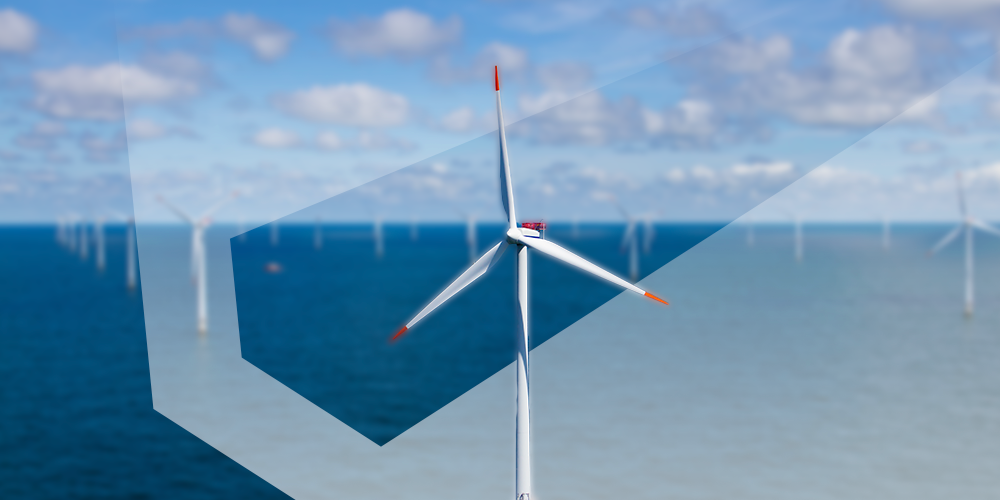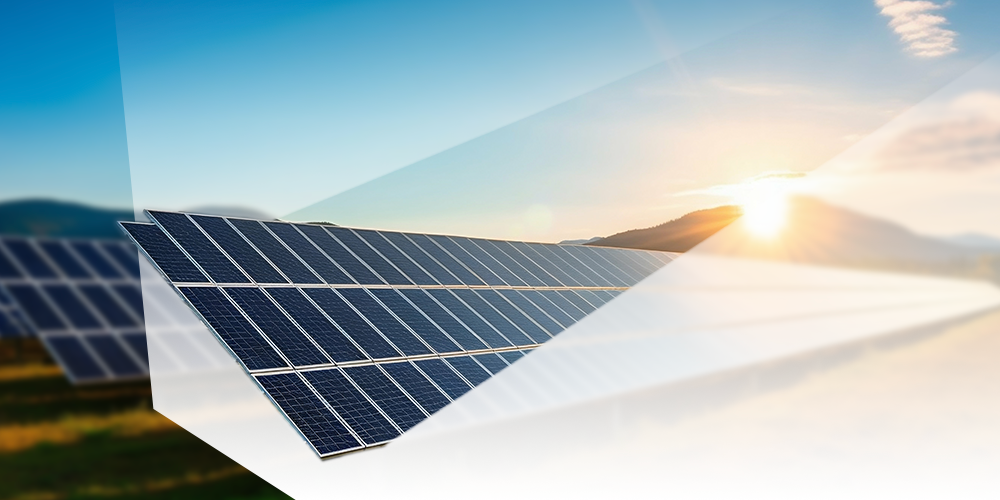Although the renewable energy industry harnesses an abundance of data, using it can be challenging. Stakeholders have limited time to ingest, standardize and analyze data, reducing their ability to truly dive into understanding it. When used properly, though, data can help to drive down the cost of insurance and financing on wind and solar projects.
The data problem
Along with managing the data, there are inherent issues with renewable energy data itself. On the majority of projects we’ve worked with, there tends to be poor data quality or availability. This comes from the fact that there are many OEMs, each with their unique ways of recording event data and providing access to data. As projects are bought and sold, it’s also difficult to gain access to historical data across the different OEMs and stakeholders.
Without clean and standardized data, there’s also an issue with wasting time on false positives. Poor data quality can lead to errors when identifying issues with components. It’s important to understand what issues are actually impacting your farm, along with what issues are solvable, instead of wasting time on problems that may not be easy to manage.
Finally, across the industry, stakeholders lack access to global benchmarking data. This means that easily solvable problems are being missed because of a lack of knowledge. Leveraging learnings from industry data enables proactive identification of errors and quantification of impactful optimizations, rather than relying on individual experience or biased data.
Having the proper setup can help mitigate some of these common issues and enable more robust analyses. Using a centralized data server to enable access to raw data can help aggregate data sources and provide a consistent format, reducing the need for data manipulation. This increases confidence in the data and the analysis. Individual endpoints also can help resolve challenges, but depending on your use case it can require significant effort to integrate the data across all the turbines and signals into a usable set.
Leveraging data to lower renewable energy costs
With access to clean, standardized data from across your portfolio and the industry, insights can be pulled to manage the costs of renewable energy projects. The data can be applied across the project lifecycle: from improved pre-construction decisions and financing terms, to increased production and insurance terms. The key is to understand how to leverage all the available data to drive down costs.
1. Improve pre-construction decisions
Maximizing the value of your farm begins by making smart, data-driven pre-construction decisions. This includes site selection to ensure consistent performance and reduce environmental damage. It can even mean reviewing your selected service providers to safeguard your assets against poor O&M strategies.
With benchmarking data, owners gain insights into technology, site and service provider selection based on industry best practices. By understanding what elements will help to maximize performance, you can minimize the need for future optimizations. Clir has access to pre-construction data from our 200 GW benchmarking dataset. We can help owners understand how site location will impact expected output, how natural catastrophes or extreme weather conditions will affect the project, and how service providers will impact repair time, performance and revenue. This can improve OPEX and CAPEX decisions to drive down operations and maintenance costs.
2. Rapidly identify issues
Using data, there are two main ways that you can identify issues and problems at your wind farm. With 200 GW of benchmarking data available, Clir can understand industry trends and issues that are related to OEMs, regions, technologies or asset age. This enables a proactive understanding of issues that can impact your farm based on historical problems. You can also track anomalous behaviours using data to understand changes to the performance of your assets. You can then develop optimization strategies based on found issues.
Once issues are identified, the next question is “what do I do with this information?” With an actionable optimization roadmap, owners can work with OEMs, service providers and other stakeholders to implement solutions. This will improve asset performance to increase AEP and better financial performance.
3. Understand performance in an industry context
Access to benchmarking data quickly allows you to understand how your assets are performing compared to similar farms in the industry. During operations, this can help to identify opportunities for technical and financial optimization, or to help justify increased debt and financing. During the acquisition process, benchmarking data can help you make smarter decisions when bidding on assets.
For example, one Clir client was looking to secure a new wind farm but wanted a comprehensive understanding of asset risks, performance and health to improve their bidding strategy. Using SCADA data alongside benchmarking data from similar farms, the client was able to gain a deeper understanding of current performance, as well as how optimization and risk mitigation strategies would impact future performance. This allowed them to bid competitively to improve their chances of a successful acquisition.
Improving industry transparency
Plenty of data exists for renewable energy projects, both from individual portfolios and within the industry. By harnessing and sharing this data, owners can find increased success in their projects, both through increased performance, and lower operating and maintenance costs. In an effort to maximize the value of portfolios and continue driving investments, advocating for clean and transparent industry benchmarking data will become imperative.








